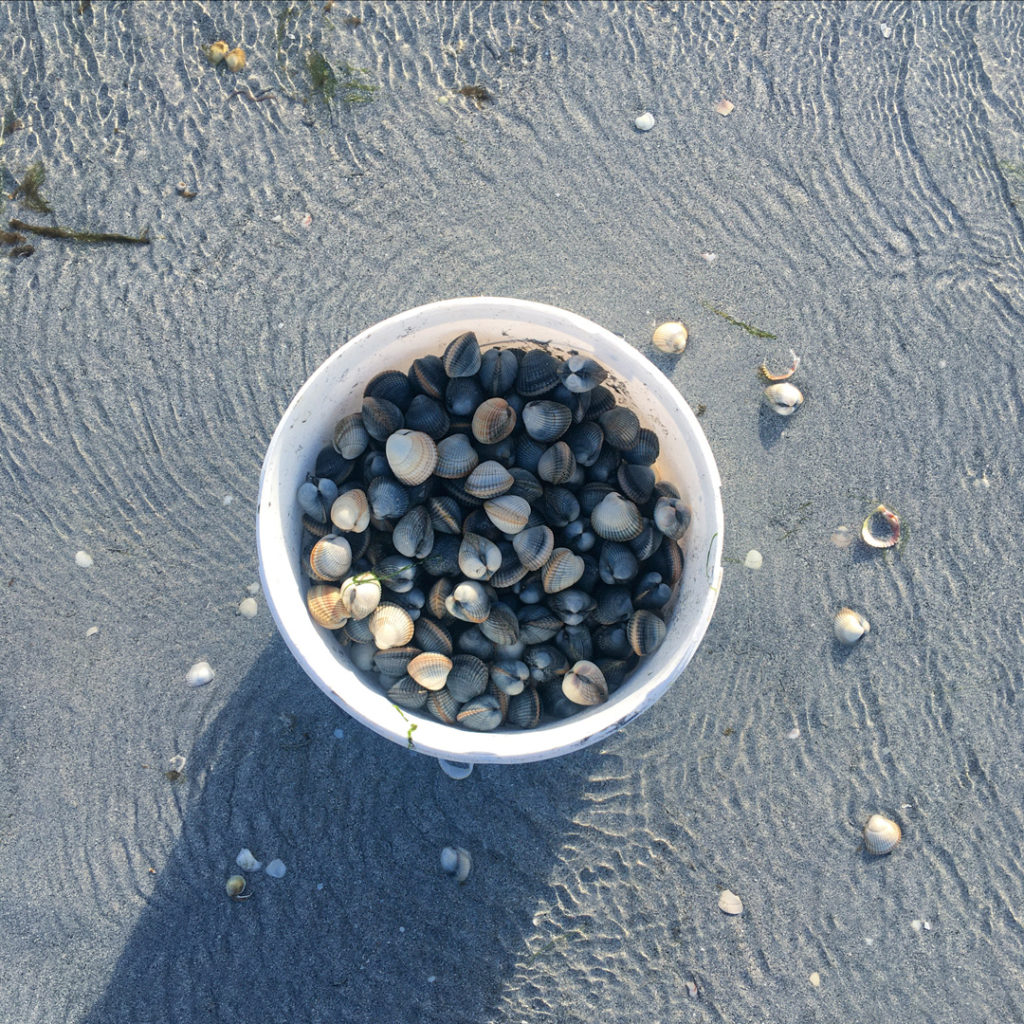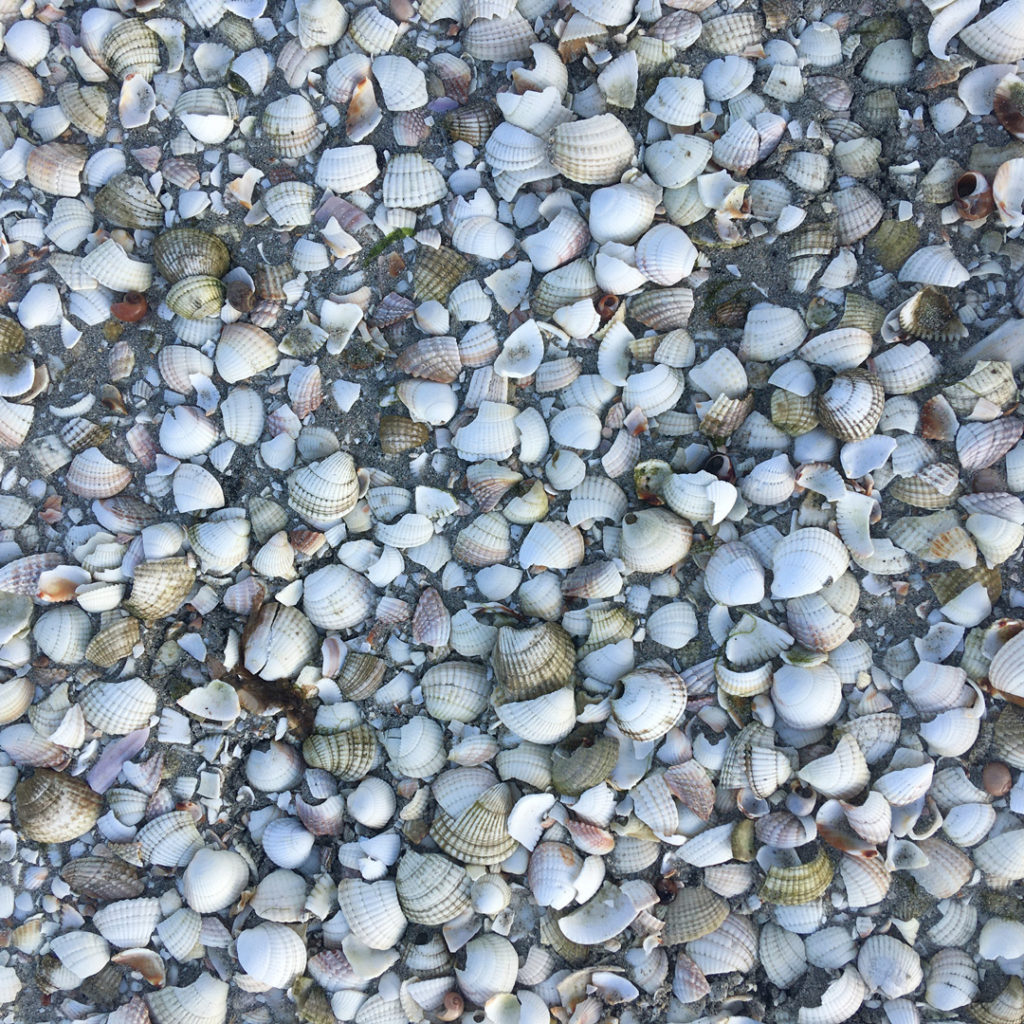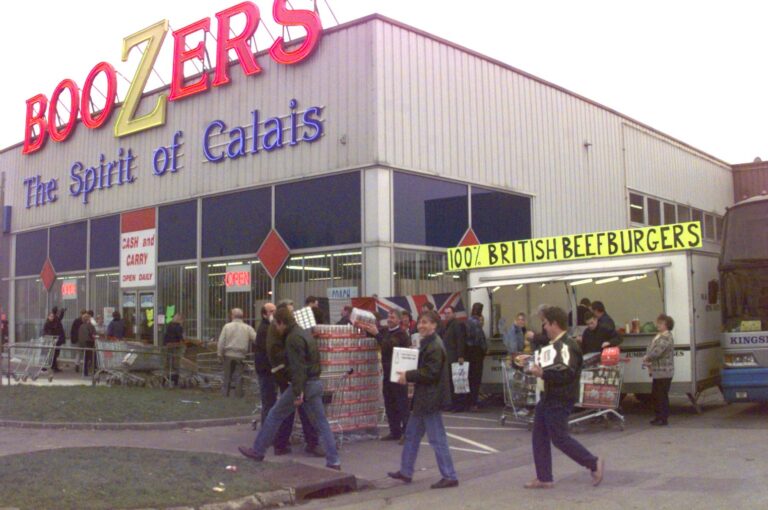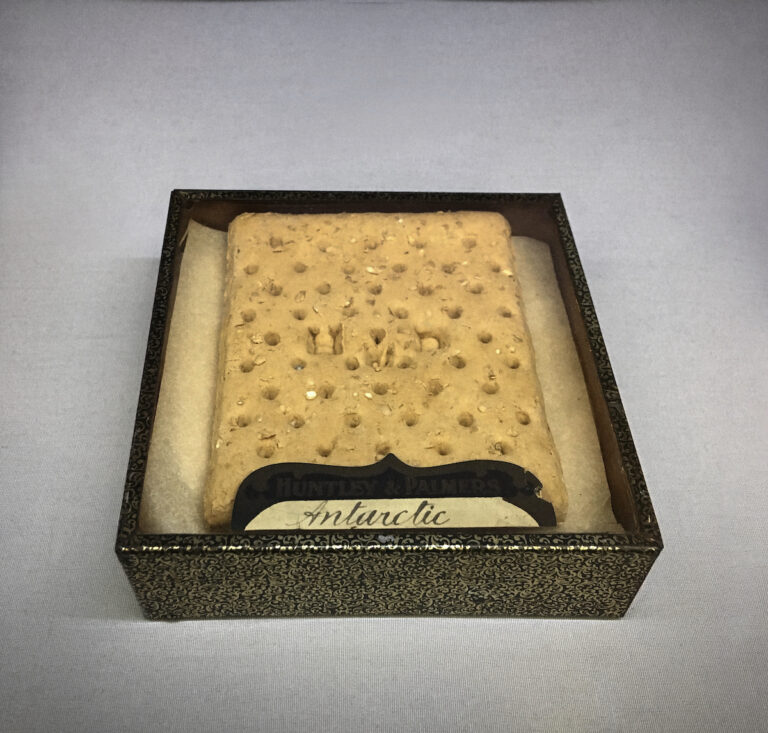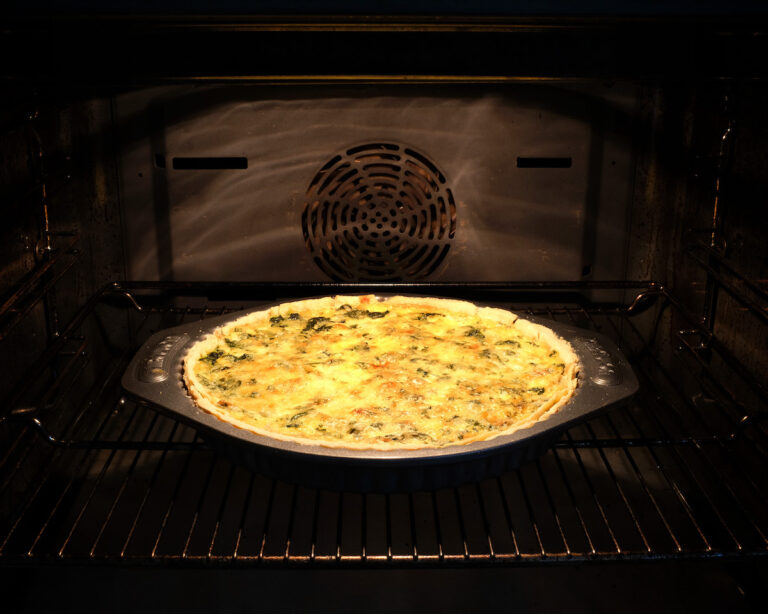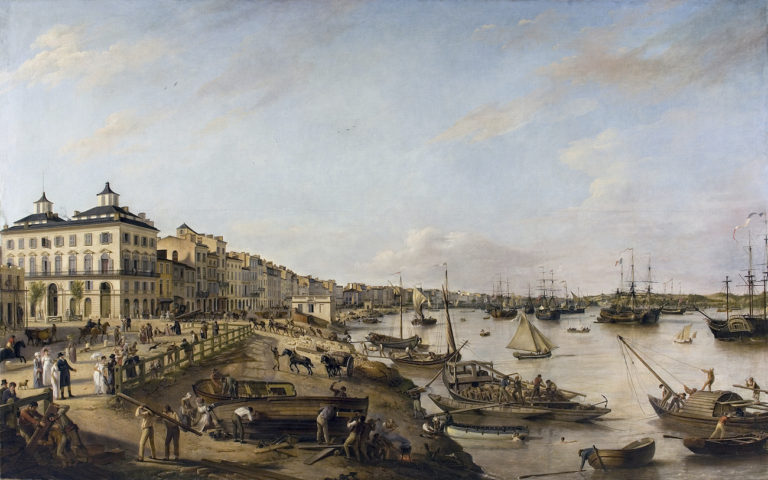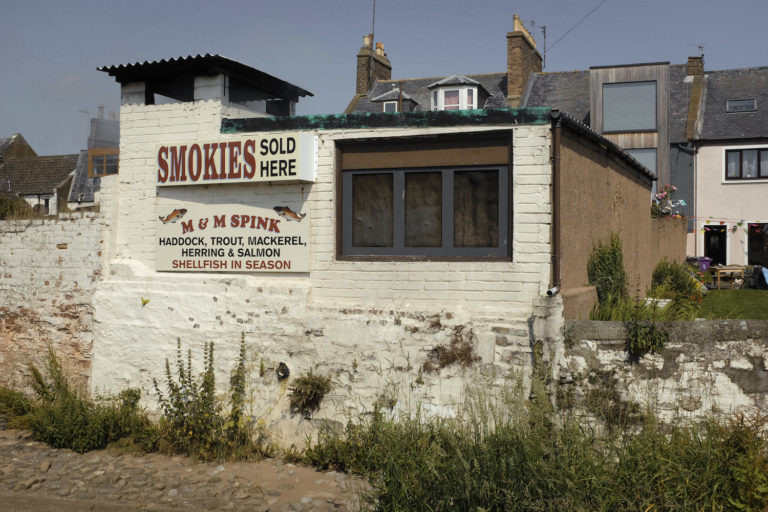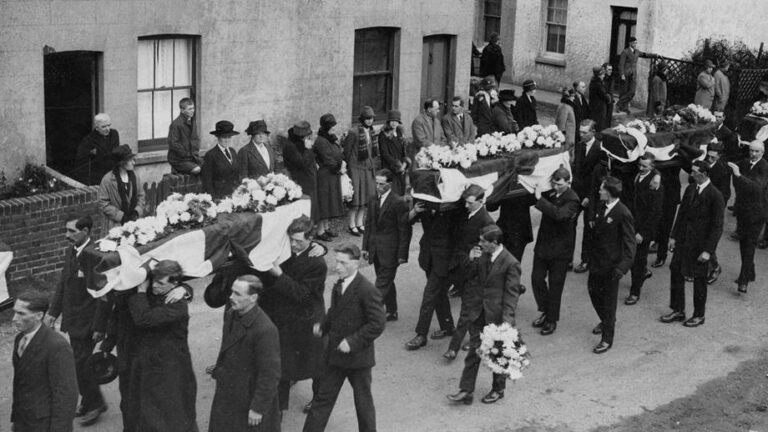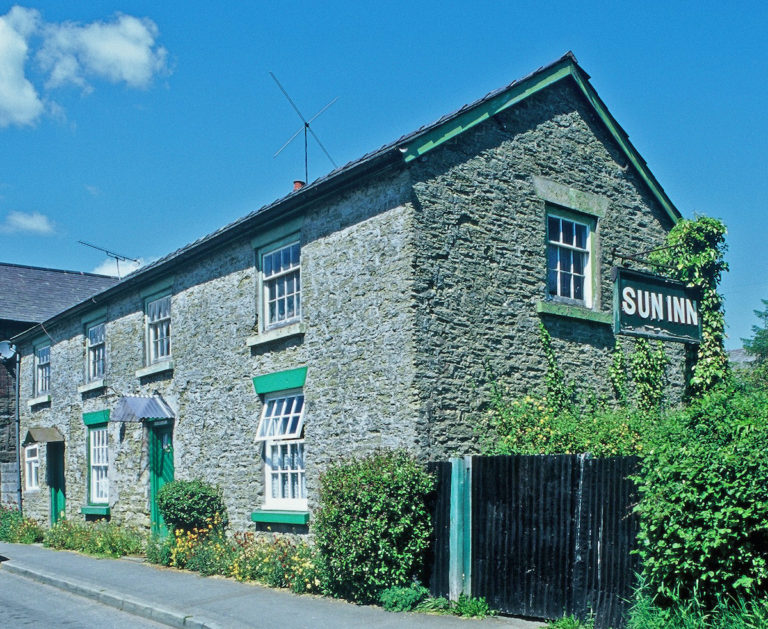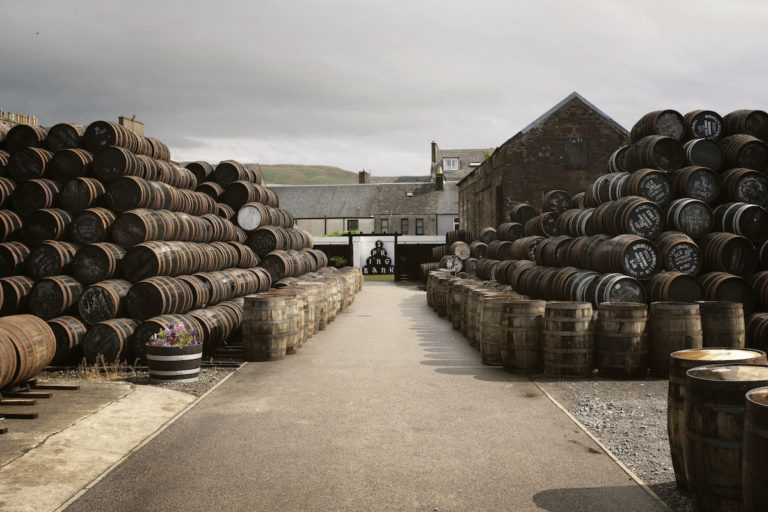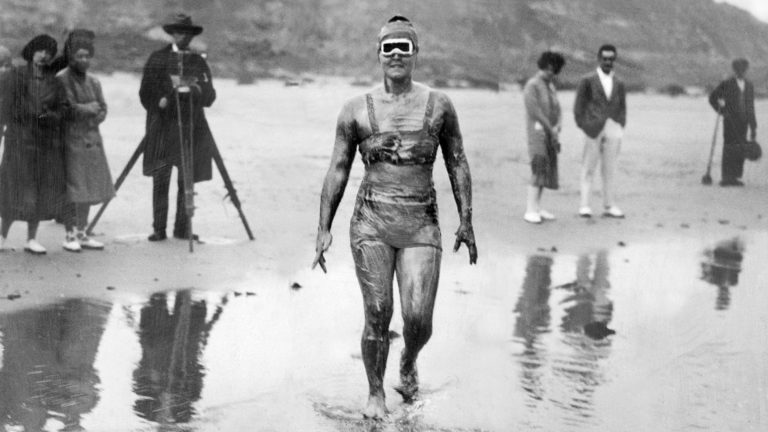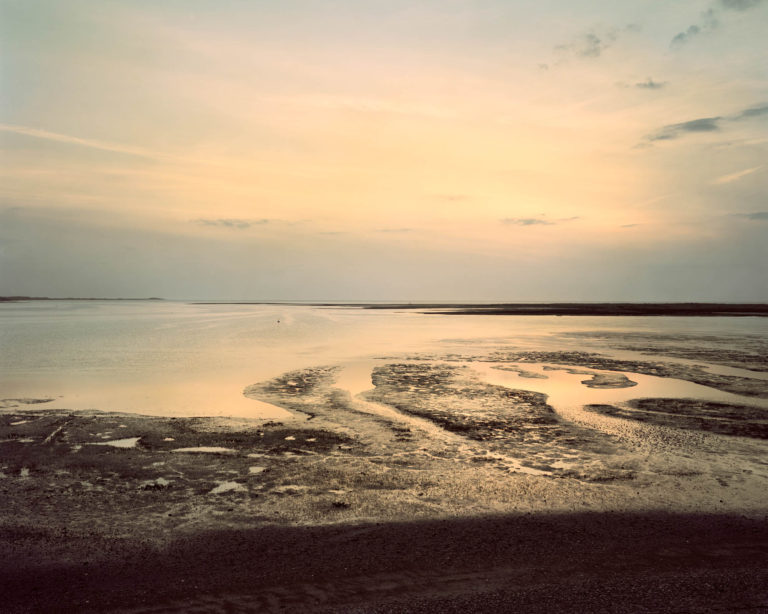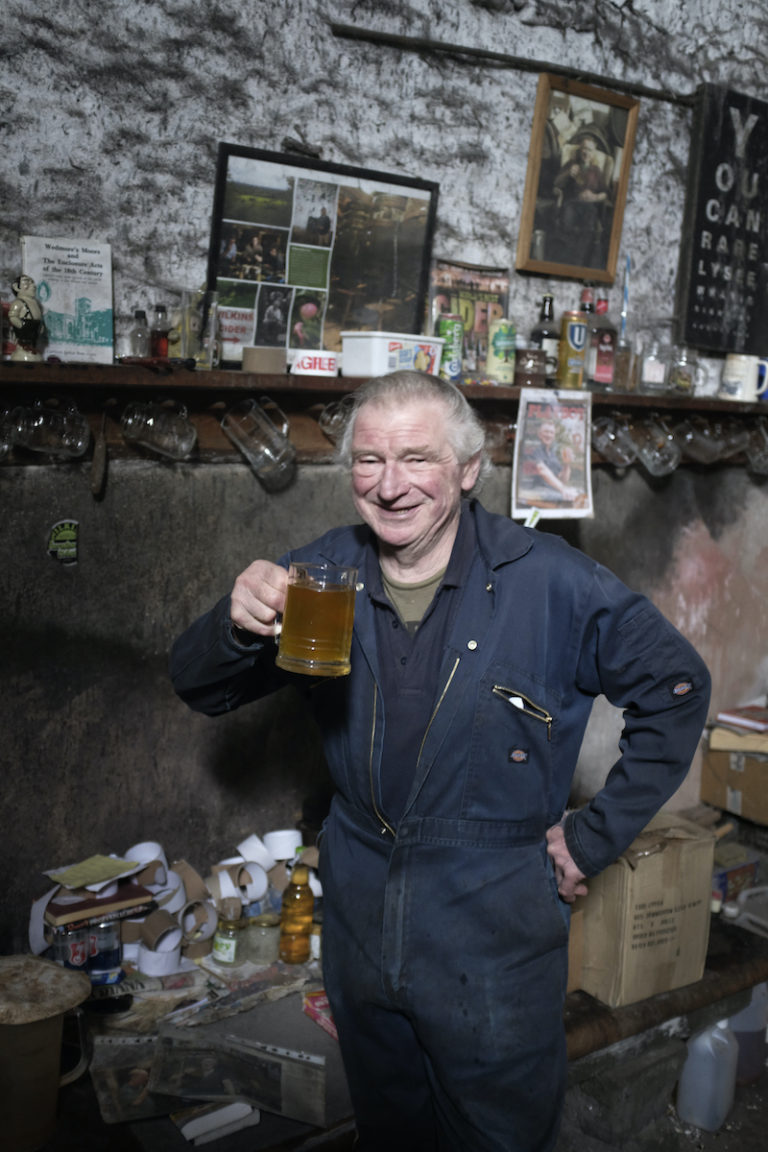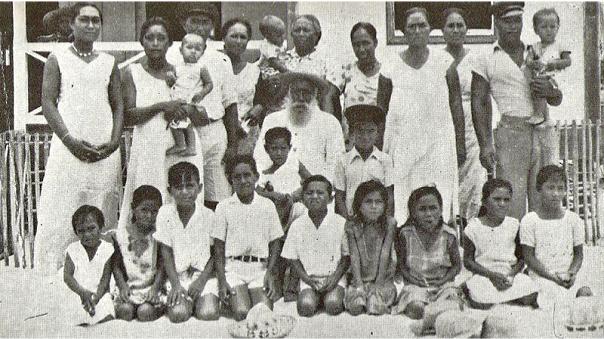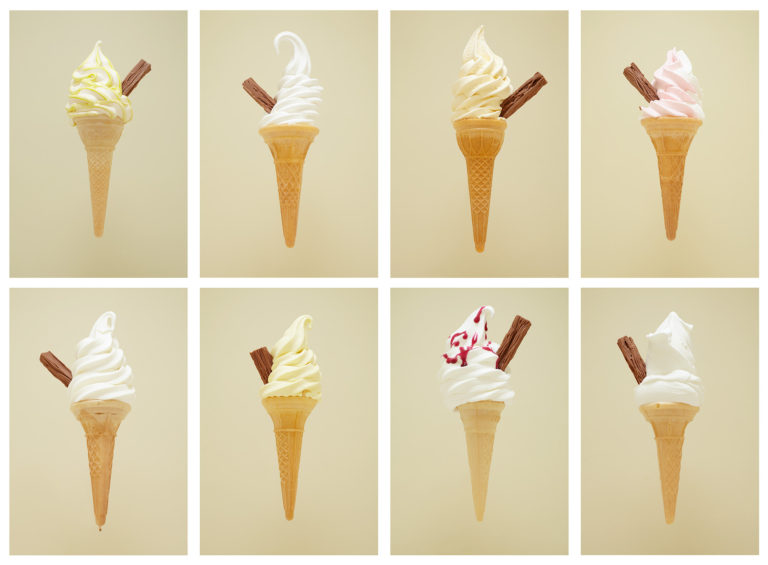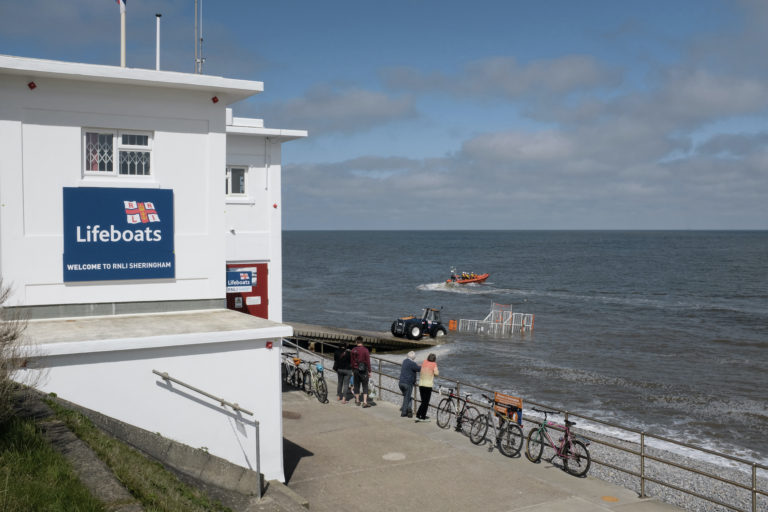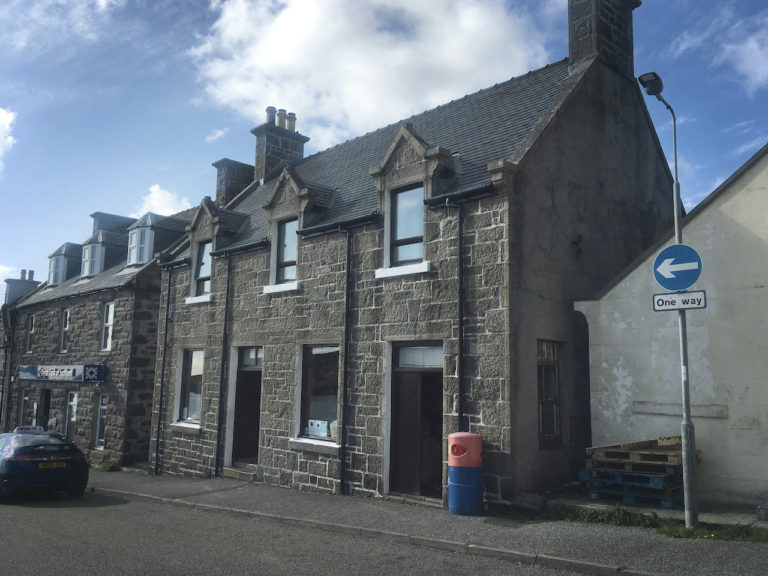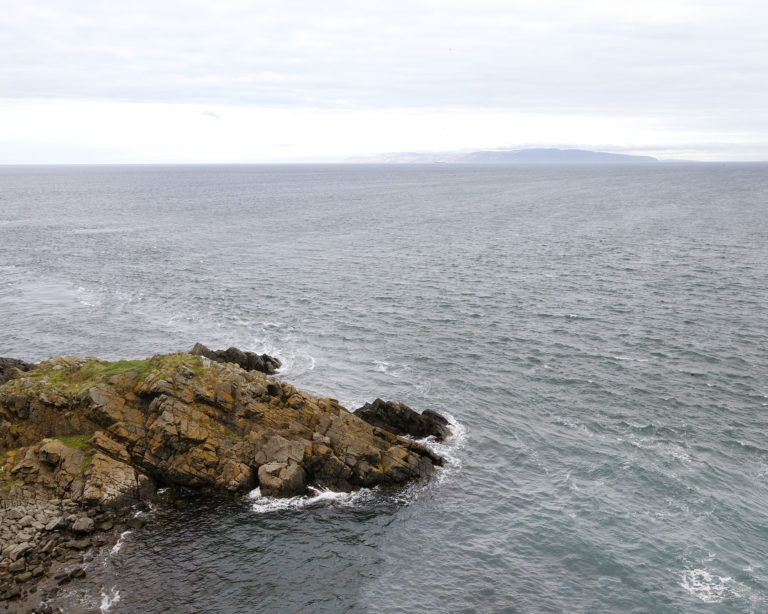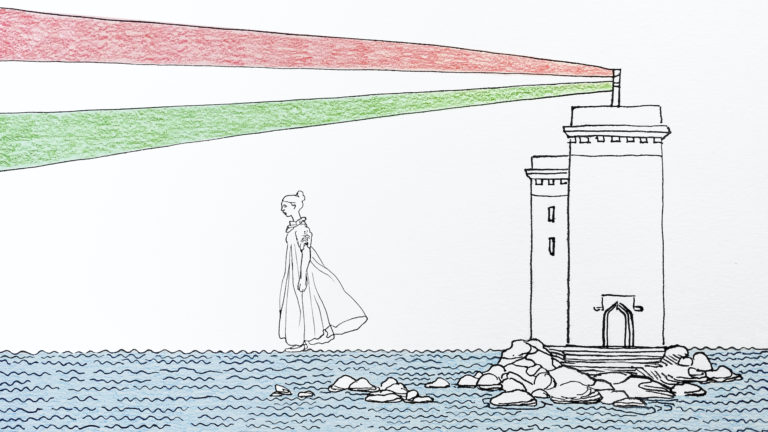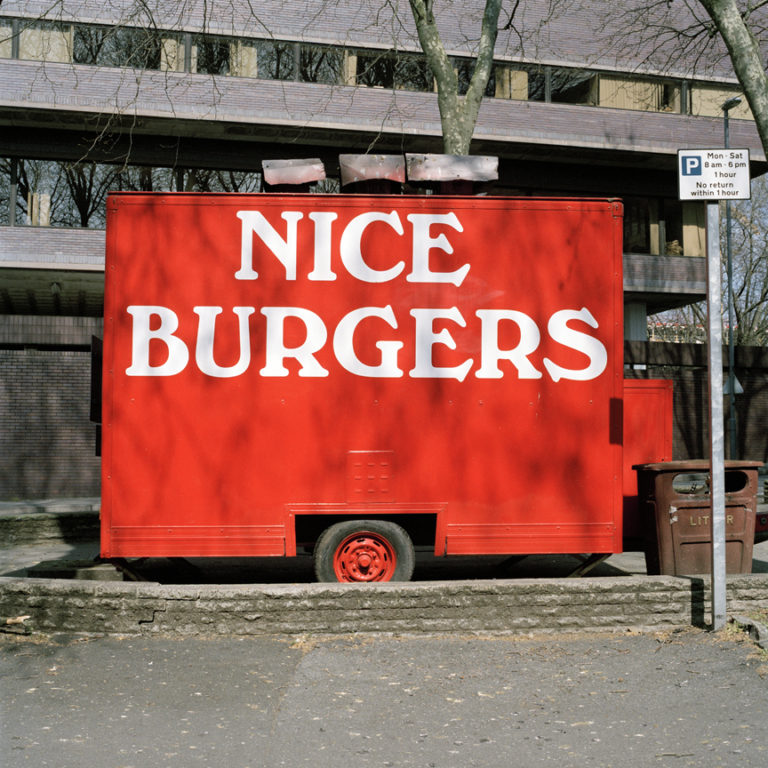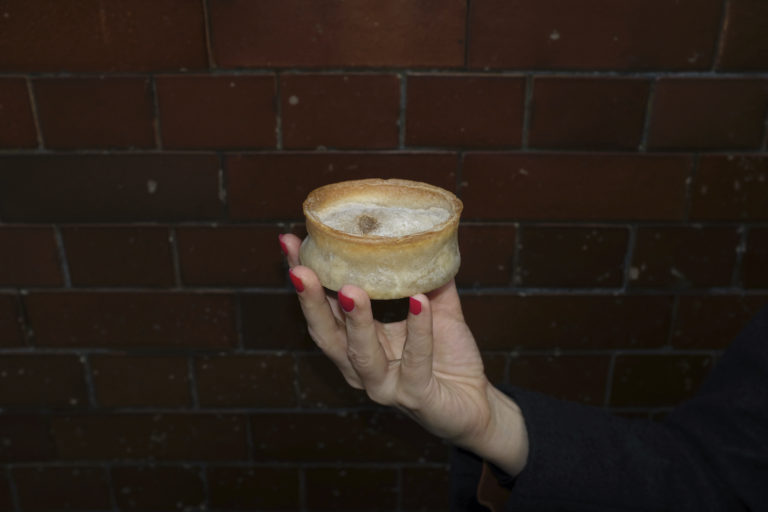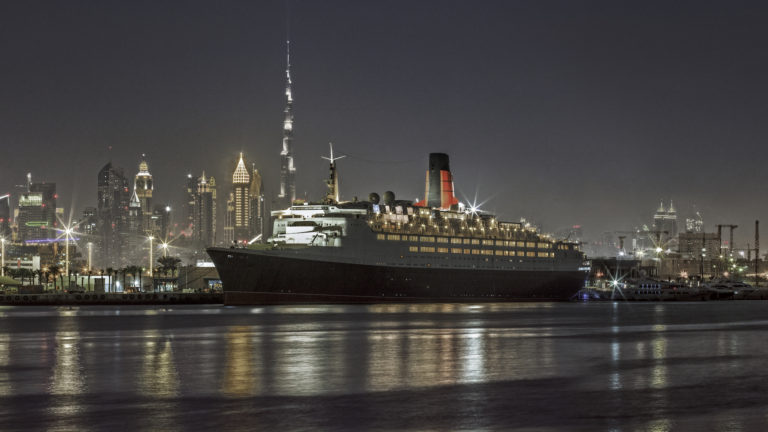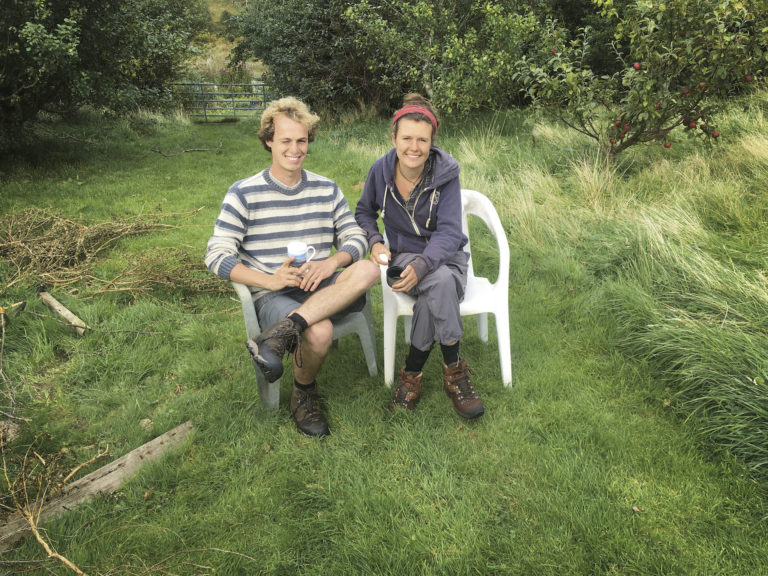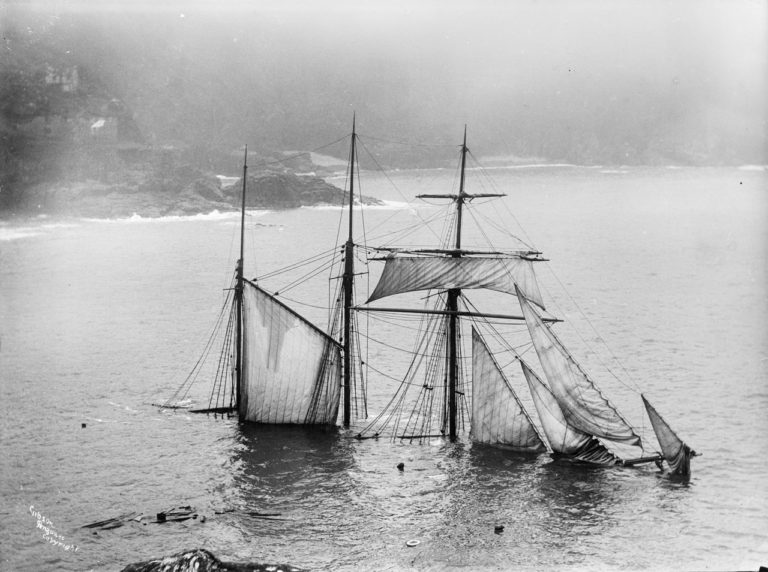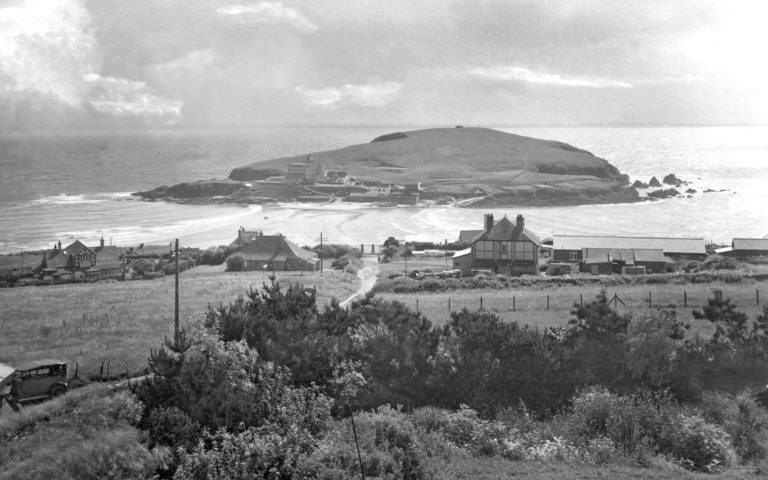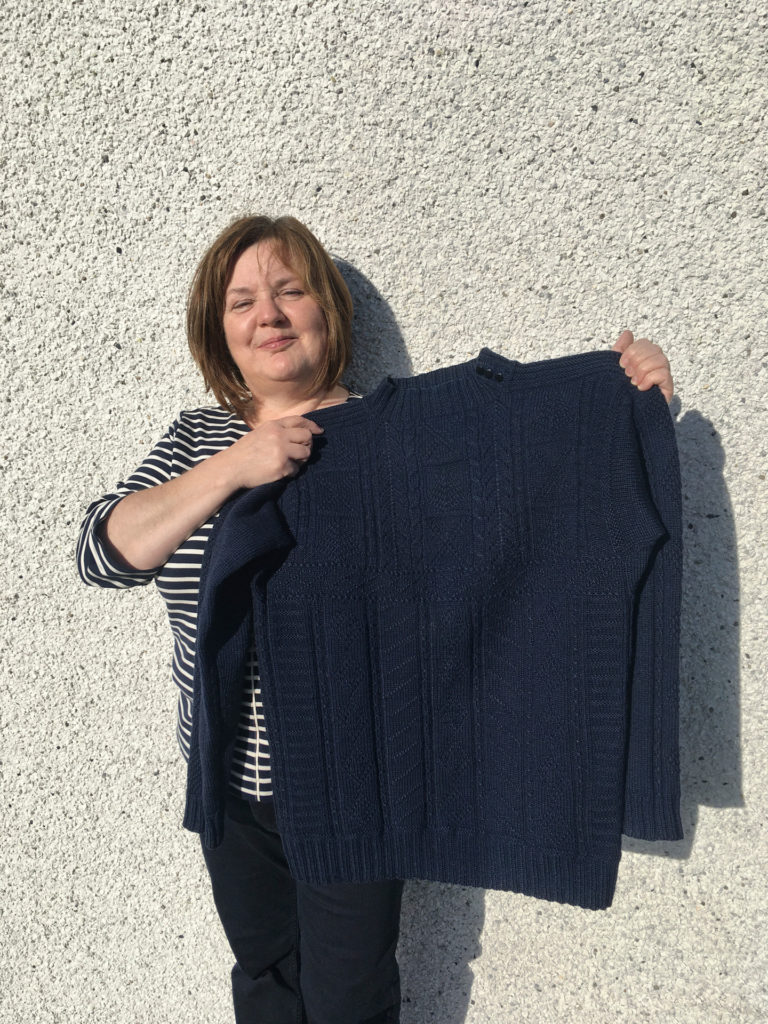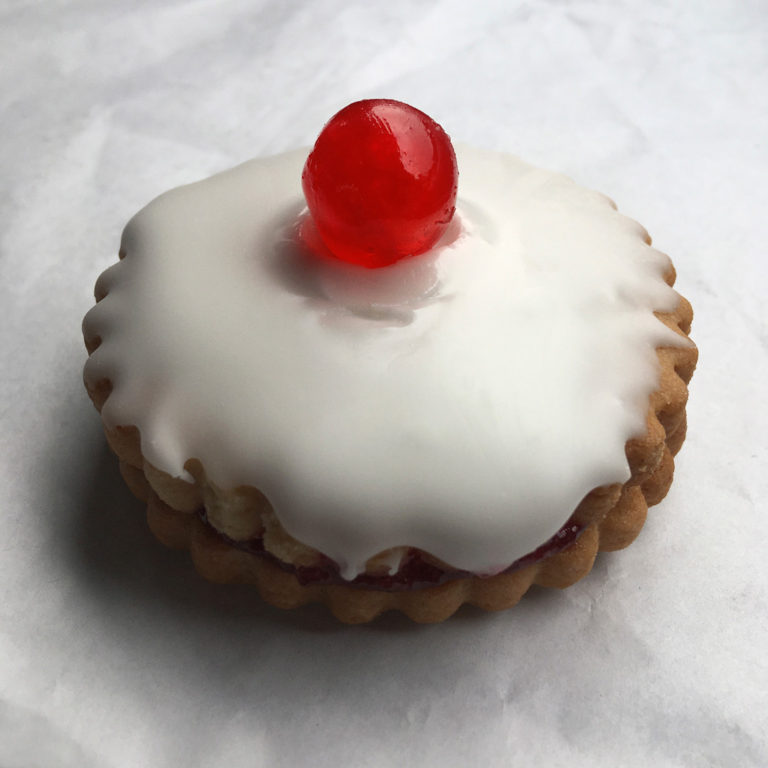COCKLING I Tràigh Mhòr. Isle of Barra, Outer Hebrides, Scotland
Raking up molluscs on one of the world’s most beautiful beaches
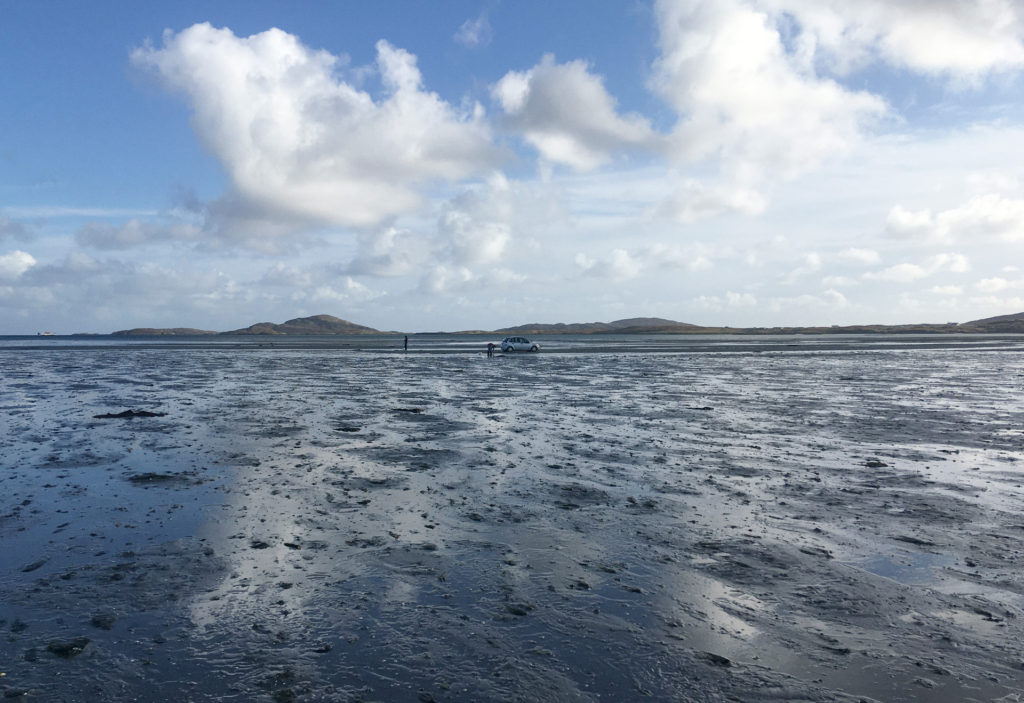
Cockling is one of those ancient practises about which most of us know absolutely nothing. The Coracle had the absolute pleasure of a spot of light cockling on the gorgeous sands of Tràigh Mhòr on the Isle of Barra in Scotland. Admittedly it was a beautiful, if chilly day but it held the interest you sometimes get from doing a task outside that also enables you to gradually take in your environment. With a handful of other cocklers sprinkling the bay there is the pleasing sociability of communal activity without actually having to be communal! There’s also a charming domesticity about seeing cars on the sands and people sipping from thermoses whilst propped up on their boot. Like many of these old foraging tasks they are delicious for an hour or so but a bit more slavish if done as a 40 hour working week.
It’s been a grand place for the cheeky bivalves since at least 1549 when Donald Munro, the high dean of the isles, said ‘this sands is all full of grate cockles’. The spelling back then was atrocious although he possibly wasn’t using his native tongue. I won’t go into too much detail here but cockles have two short siphons that project above the sand when the tide is in and these enable them to feed off microscopic organisms in the water. They are also gonochronistic. Google it! Rich cockle beds can have more than a million to an acre but they are unpredictable, like plum trees you can get hundreds one year and none the next. They are still subject to quotas in the same way that other fish and shellfish are. What seems to be key is that they are raked up by hand, keeping only those of a certain size, rather than alternative methods using mechanical over extraction that doesn’t distinguish between young or fully grown specimens.
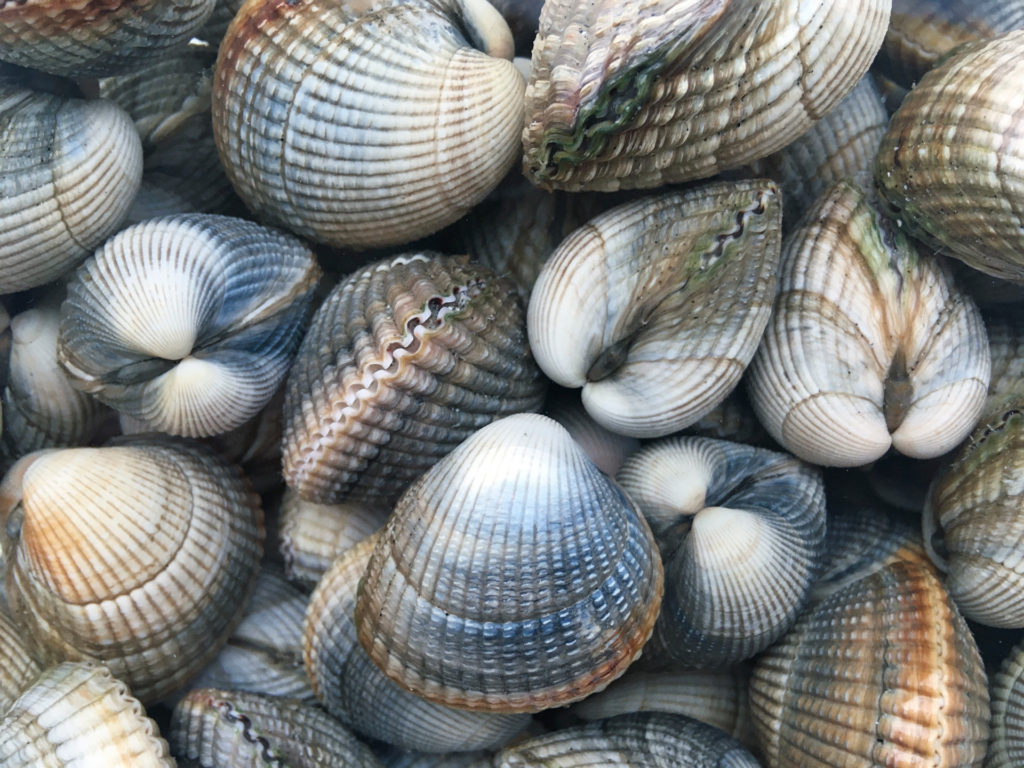
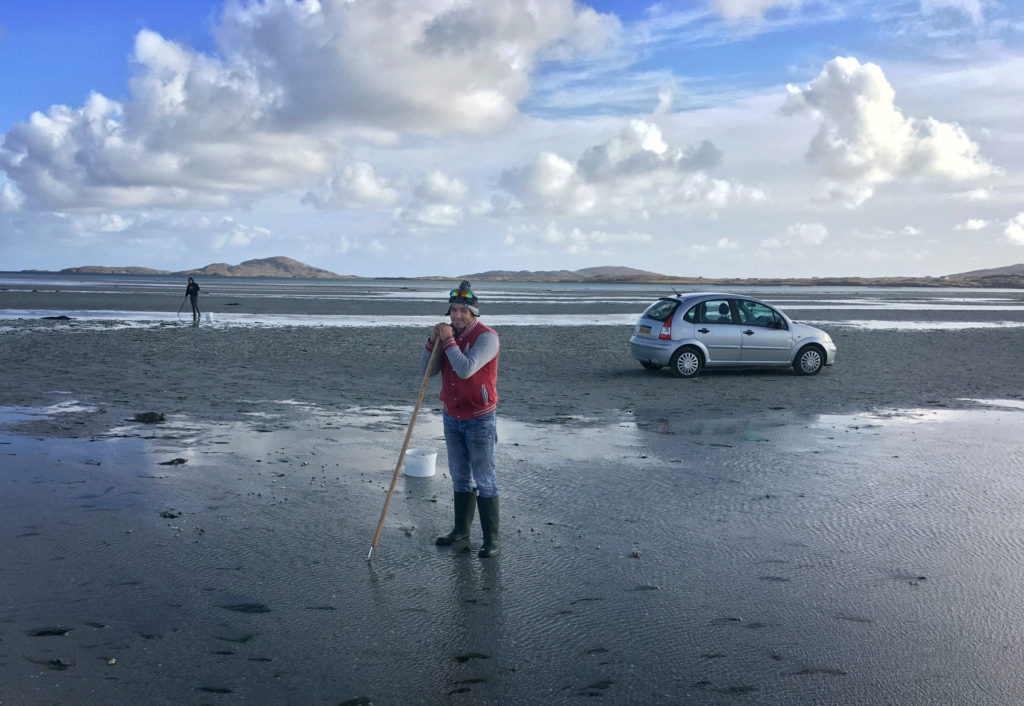
It was a privilege to meet George, who is originally from Romania, out on the sands. He first came to Barra in 2007 and has been cockling and fishing since then with his wife joining him a few years later. There’s a touch of the old school gentleman about him which somehow seems appropriate for the gentleness of the job in hand. His top tip was that huge specimens don’t have larger bits of meat inside them so go for the mid sized ones. Cockles seem to either be cheaply annihilated in malt vinegar or expensively cheffed up in fine dining restaurants that pride themselves on their regional produce. Like much of our seafood, cockles often get shipped away to the continent where there seems to be more of an appreciation for them. George sometimes waits on the beach for a boat to come in and take his pickings before it leaves on the next tide. Alternatively refrigerated vans are driven direct to the continent overnight. The Romanian way is to steam them and then fry the meat on it’s own with garlic, onion and wine. The alternative would be to go Welsh and serve with bacon and laverbread. I didn’t ask him about gonochorism.
